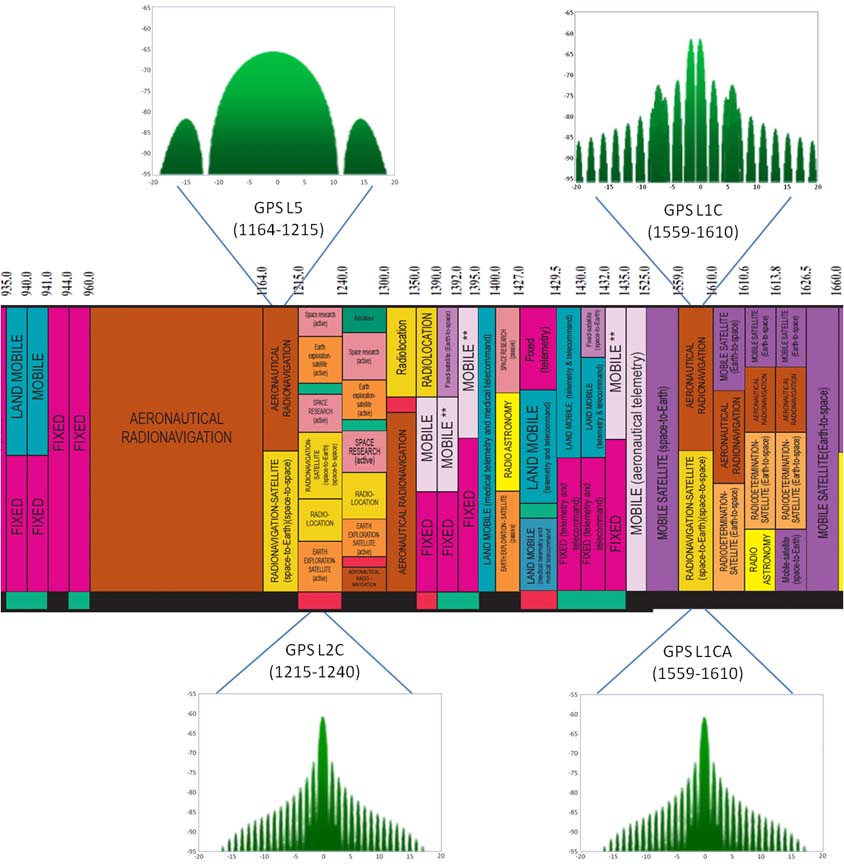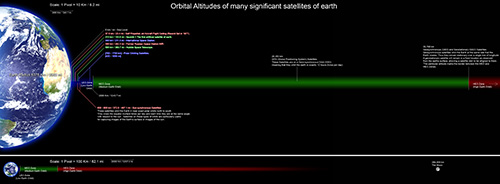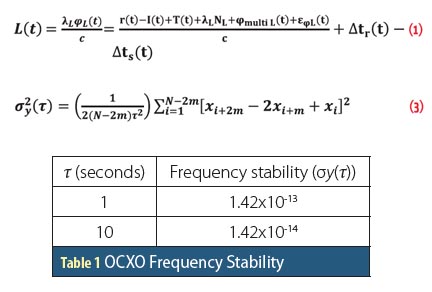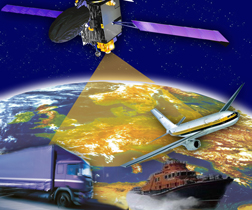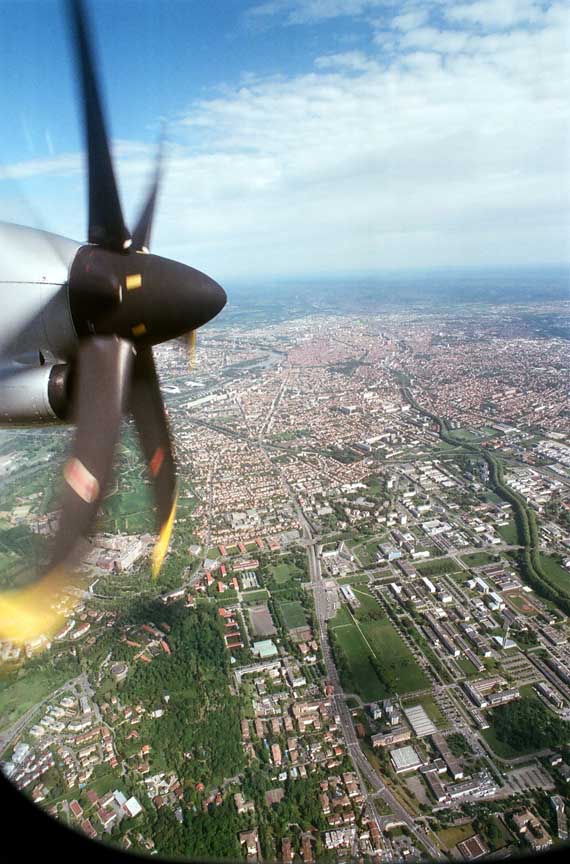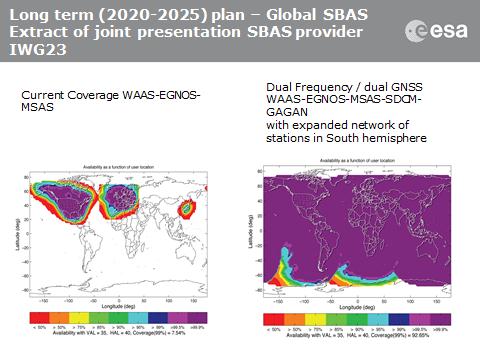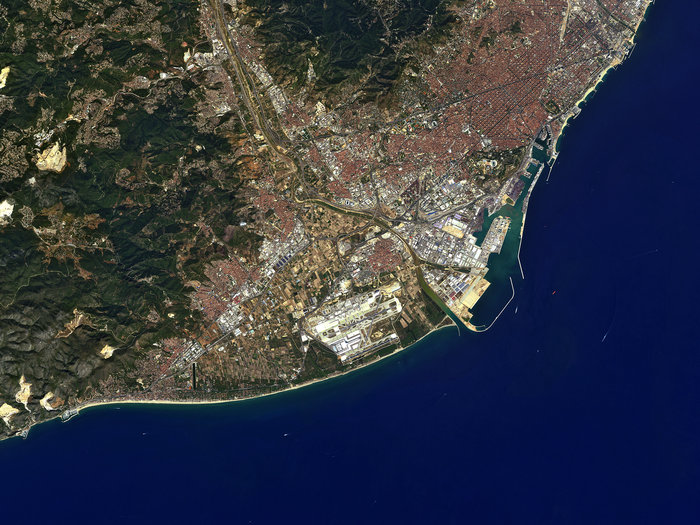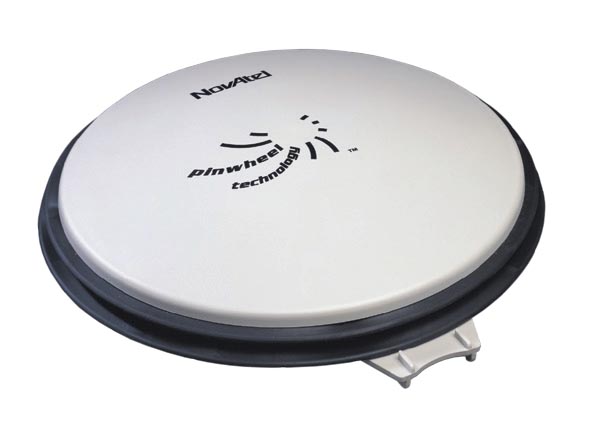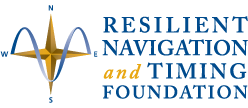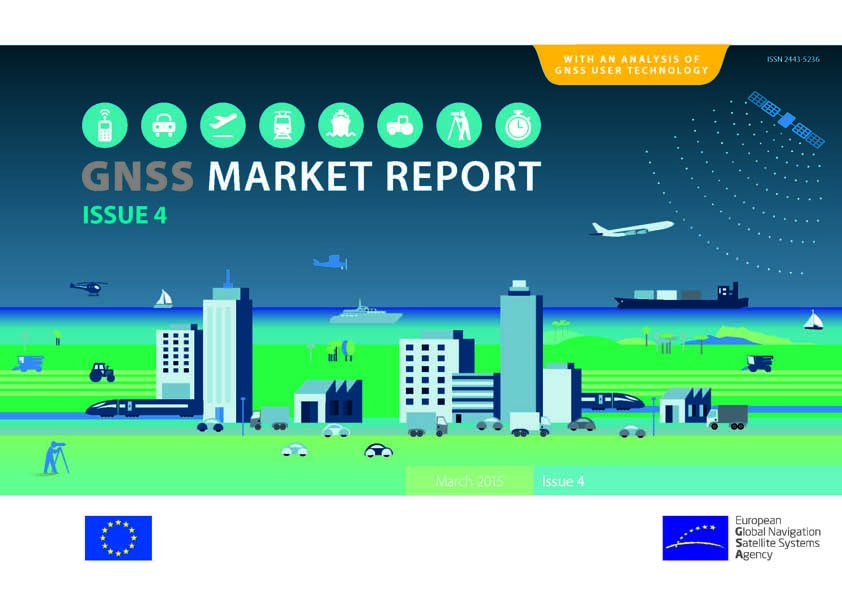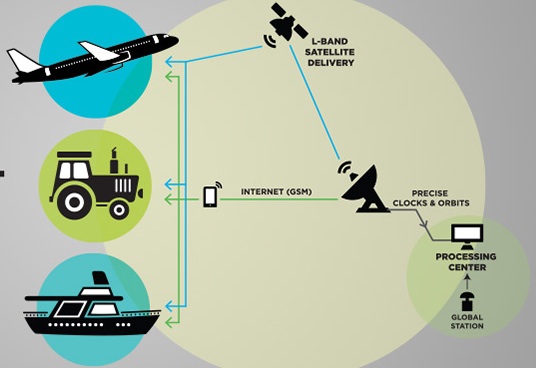DoT Completes 2014 Federal Radionavigation Plan
The federal Department of Transportation (DoT) Office of the Assistant Secretary for Research and Technology has released the 2014 Federal Radionavigation Plan (FRP) signed by the U.S. secretaries of defense, transportation, and homeland security.
The FRP is published every two years and provides an overview of the current planning and policy for U.S. positioning, navigation, and timing (PNT) systems.

